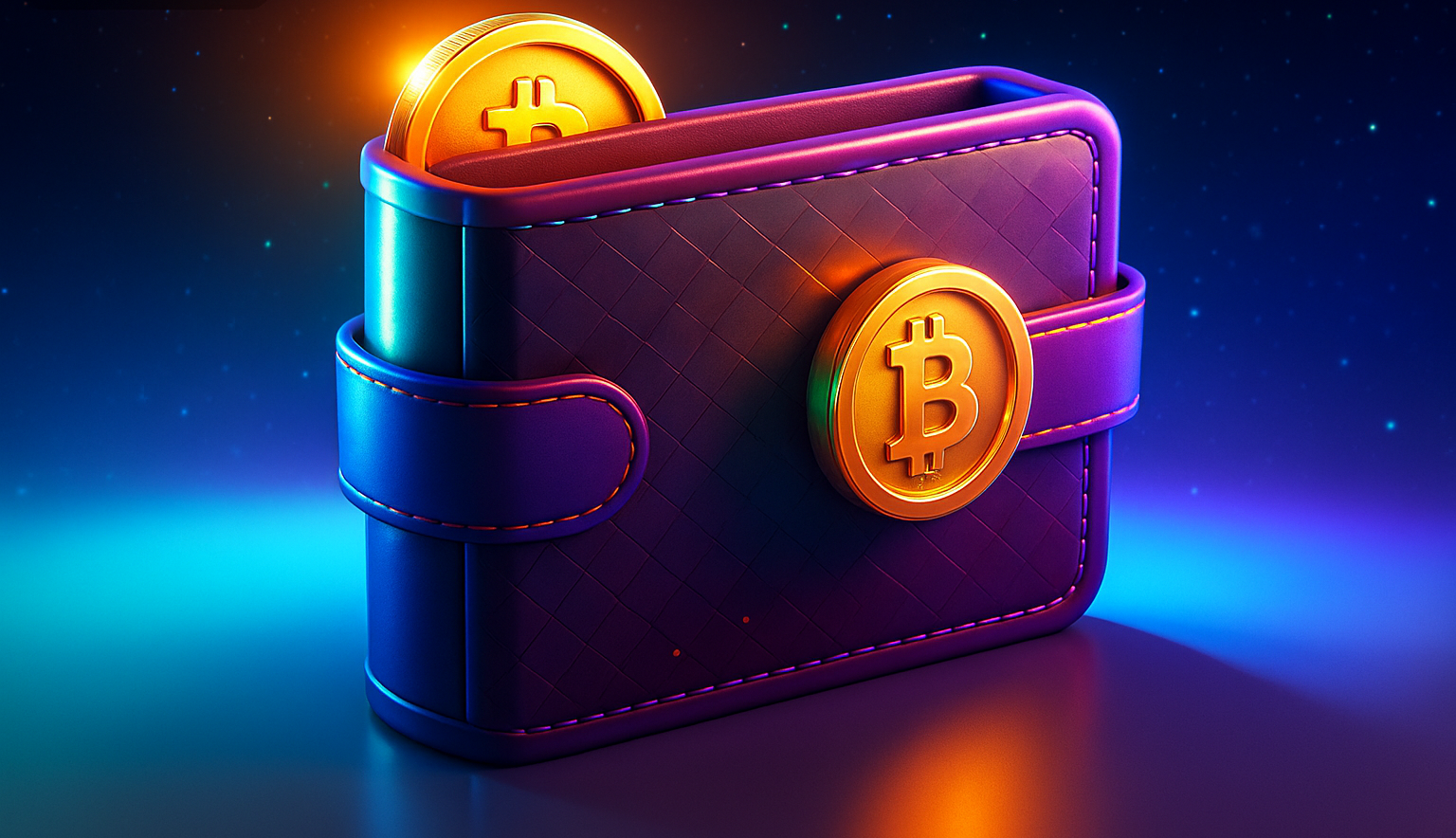How Crypto Wallets Enable Access to DeFi Applications
Crypto wallets are primarily of two types – custodial wallets, usually provided by crypto exchanges or third-party services for storing users’ funds and private keys, and self-custodial wallets that allow users to manage their funds and private keys by themselves. In this article, we focus on self-custodial wallets, how to set up such a wallet, store assets, and keep the assets safe from security vulnerabilities.
Most self-custodial wallets also provide access to DeFi applications, alongside offering crypto asset storage capabilities. By accessing an ecosystem of DeFi applications, you can make transactions, lend, borrow, or stake crypto by either using the wallet’s built-in dApp browser or connecting the wallet directly to these applications.
Whether you want to access an ecosystem of dApps, or trade on platforms such as Uniswap and OpenSea, you definitely need a crypto wallet to manage your transactions across different platforms. Such a wallet gives you digital credentials like private keys and public keys that you use to access your assets, which are actually stored on the blockchain.
Remember that these wallets are connected to the internet and remain vulnerable to hacks in the absence of robust security measures. That’s why it is important to choose a secure and reliable crypto wallet and also take certain account security measures — such as protecting your seed phrase to ensure extra safety.
How Crypto Wallet Works?
It is a software application connected to a blockchain, that lets you access and manage your assets stored on the blockchain. When you create a new wallet or account, it generates cryptographic keys like private keys and public keys, which are used to prove and control ownership of assets recorded on the blockchain.
- Public key is like your bank account number — you can share it to receive funds.
- Private key is like your password — it is used to sign transactions. Whoever has it can control your funds.
You should keep your private key confidential and never share it with anyone because it is used to access funds in your account. For receiving crypto, you can share your public key with the sender.
Suppose you want to send crypto to someone: you enter the receiver’s public key, and sign the transaction with your private key. The signed transaction is then validated and confirmed by nodes on the blockchain, and the crypto is transferred to the recipient’s address.
How to Create a Wallet?
1. Choose the Wallet
There are several crypto wallets with different features, asset support, and blockchain compatibility. The best wallet choice depends on what assets and blockchains you want to access for your transactions. To make an informed choice, investors often consider these factors:
- Asset availability and supported blockchains
- Security features
- Interface and dashboard capabilities
- Transaction fees (depends on underlying blockchain)
Among the list of crypto wallets, Trust Wallet and MetaMask are two of the most popular options. They offer unique features, broad access to dApps and blockchains, solid security measures, and user-friendly interfaces.
2. Download the Application
You can download the wallet as a mobile app on your smartphone or install it as a browser extension on your PC. Always make sure you download it from the official website or app store with the authentic URL. Hackers often create fake websites or apps with slightly altered names and URLs to trick users, so double-check the source before installing.
3. Create your Wallet
Next step is creating an account. Unlike custodial wallets, a self-custodial wallet does not require personal information such as name and email for account creation. When you create an account, it is simply creating a wallet identity on the blockchain with a newly generated private key, public key, and recovery seed phrase.
4. Transfer Assets
After you have created a wallet, you can fund it using different methods. The most common way is to receive crypto from another wallet or transfer crypto from a centralized exchange into your wallet address. Some wallets also integrate third-party services that allow you to purchase crypto directly using a bank account or credit card. Once you have funds in your wallet, you can start trading on DeFi applications or connect to crypto exchanges.
Using Hardware Wallet
You can use cold wallets (hardware wallets) to securely store your private keys if you want extra security for your crypto assets. Unlike online self-custodial wallets, these devices are kept offline, making them far less vulnerable to hacking attempts. However, they can still be stolen, lost, or physically damaged. That’s why you should keep the device, and especially your recovery seed phrase, in a safe place.
For long-term storage of large volumes of crypto assets, hardware wallets are highly suitable. One downside of such wallets is that they can be relatively expensive.
Security Practices for Crypto Wallets
1. Protect your Credentials
Your recovery phrase (seed phrase) and private keys are used to access your assets. To keep your funds safe from theft, always keep these credentials confidential and stored in a secure offline location — for example, written on paper, or kept on an offline USB device in a safe place. Never upload or store your private keys or recovery phrase in any online database, cloud storage, or website.
2. Download from official website
Hackers often create fake websites that look very similar to the official crypto platform. If a user enters their login credentials on such a site, hackers can steal the information and gain access to the user’s account. To avoid these scams, always download the app from the official website or verified app store, and double-check the URL before installing.
3. Avoid Phishing Scams
Beware of suspicious links, emails, or messages from unknown sources claiming to be your wallet support. These are scam attempts designed to lead you to a fake website and steal your wallet credentials. Never trust such messages, and always type the official wallet URL directly when accessing your wallet for transactions.
4. Use cold wallets
For maximum security of your crypto assets, we recommend hardware wallets such as Trezor. Being offline wallets, they are far less vulnerable to the online hacks that hot wallets (application-based wallets) may face. However, for daily trading or frequent transactions, a hardware wallet may not be convenient, since you need to transfer crypto between the exchange and your wallet. Cold wallets are best suited for long-term storage of large amounts of crypto.
Concluding Remarks
Self-custodial wallets give you full control over your crypto assets, allowing you to interact securely with the blockchain and the broader ecosystem of DeFi applications. While they provide complete control, this also means you are entirely responsible for protecting your private keys and recovery phrase.
By following best practices — such as using hardware wallets for large holdings, keeping credentials offline, avoiding phishing scams, and downloading apps only from official sources — you can significantly reduce security risks.
For maximum security of crypto assets, hardware wallets are the best choice. However, they are suitable for long-term storage and less convenient for frequent trading.
Ultimately, a self-custodial wallet empowers you to manage, trade, and stake your crypto safely, but careful attention to security is essential to protect your assets in the crypto ecosystem.

